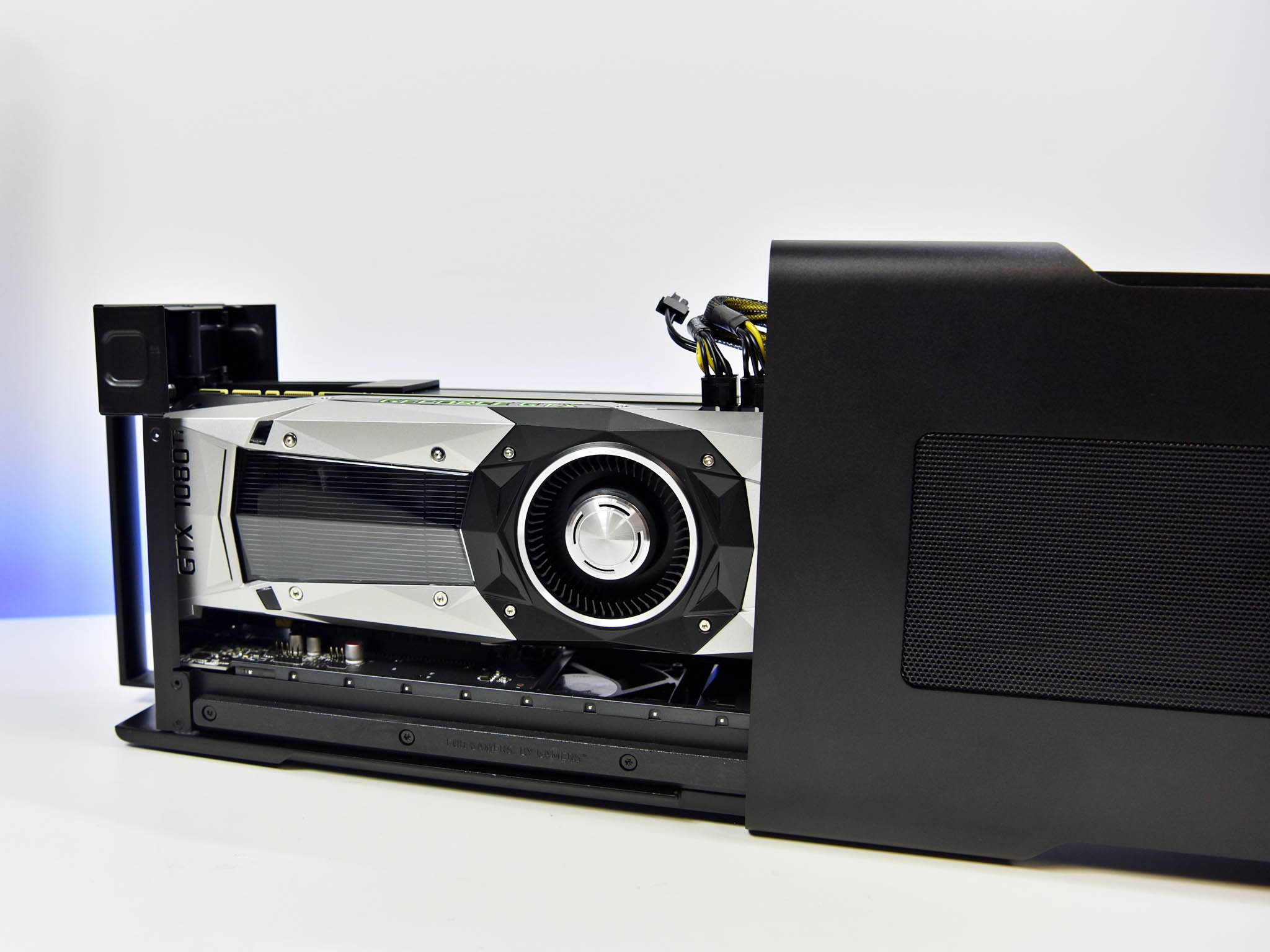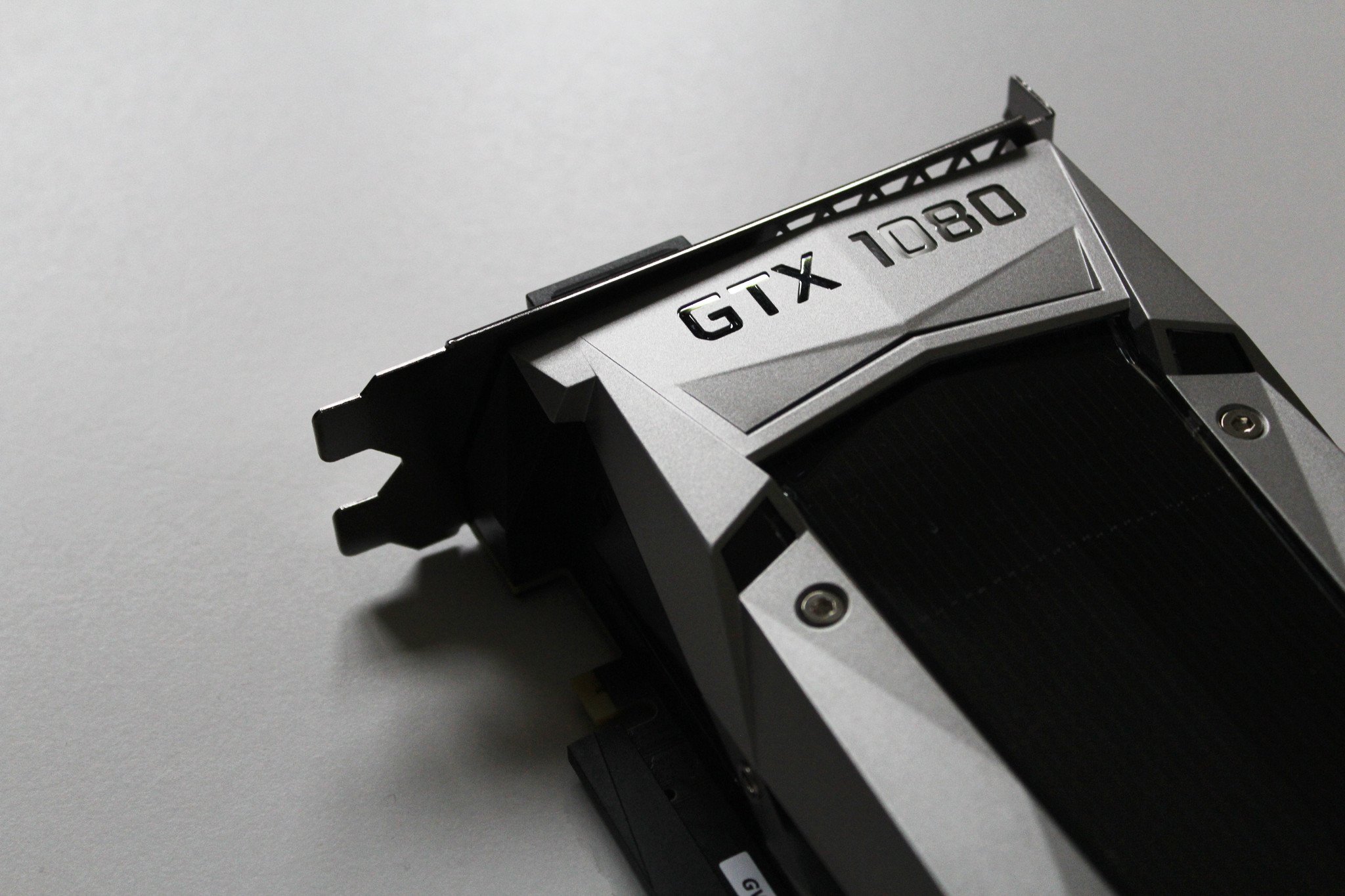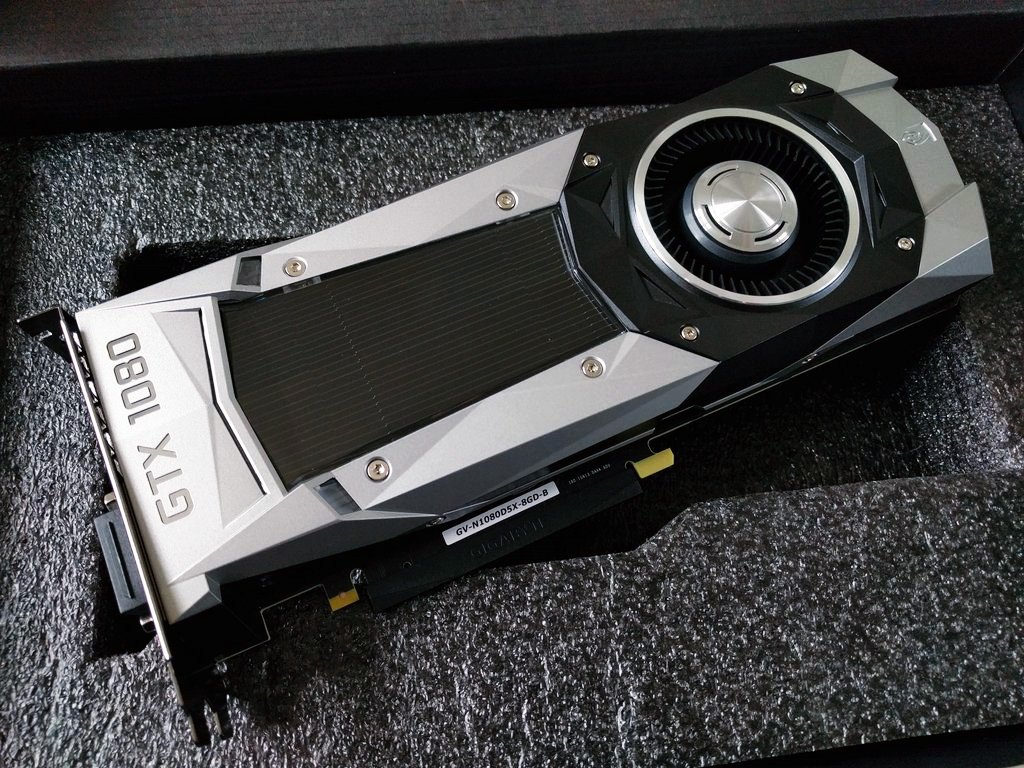NVIDIA GTX 1080 vs. 1080 Ti: Which you should buy, and why?
To Ti or not to Ti? That is the question.


The NVIDIA GTX 1080 is an excellent graphics card for 1440p and some light 4K gaming. The GTX 1080 Ti is a more expensive version of the same card with more memory, bandwidth, and other improvements to push even more pixels through to connected monitors. The question is which is best for you? This depends on a number of factors, including what games you play, what resolution you game at, and your available budget.
Comparing specs
| Category | GTX 1080 | GTX 1080 Ti |
|---|---|---|
| Fab | 16 nm | 16 nm |
| Transistors | 7.2 billion | 12 billion |
| Die size | 314 nm | 471 nm |
| Base clock | 1607 MHz | 1480 MHz |
| Boost clock | 1733 MHz | 1582 MHz |
| Memory | 8GB GDDR5 | 11GB GDDR5 |
| Memory clock | 1251 MHz | 1376 MHz |
| Memory bandwidth | 224.4 GB/s | 484.4 GB/s |
| Texture rate | 257 GT/s | 331 GT/s |
| Pixel rate | 102 GP/s | 130 GP/s |
| TDP | 180W | 250W |
NVIDIA GTX 1080

Launched in May 2016, the GTX 1080 replaced the aging GTX 980 and was considered by many to be a substantial step up in gaming performance. Sporting just over seven billion transistors, it's a powerful family of cards that can really pack a punch when matched with a capable CPU, like an i5-7700K or above. Should you be looking to upgrade from an older generation of GPUs, migrate from AMD cards, or look to put together a new PC, the GTX 1080 is a solid option.
It's a card that's great at 1440p but is unable to really push 4K content at an acceptable frames-per-second (FPS) rate without dropping quality. If you're only rocking a 1080p display and aren't looking to get a new one anytime soon, you'd be better off with a GTX 1060 or GTX 1070. Prices are around $549.
Pros:
- Great for 1440p.
- Excellent value.
Cons:
- Not powerful enough for 4K.
NVIDIA GTX 1080 Ti
The only reasons you'd really need to pick up a NVIDIA GTX 1080 Ti is if you have the necessary funds available, require the extra horsepower for 4K gaming and are unable to pick up an Nvidia Titan X. The issue with the Ti version of the 1080 is the diminishing returns for your money. This card is more expensive than the 1080 and offers more performance but the frame rate gain for the price makes it harder to justify.
That said, should you happen to get hold of one and install it inside your gaming rig, it'll transform your PC into a kick-ass interactive entertainment machine. The Ti usually goes for around $699.
Pros:
- Great for 1440p and some 4K.
- Stunning performance.
Cons:
- Doesn't offer great value for money.
- Same TDP as Titan series (250W).
All the latest news, reviews, and guides for Windows and Xbox diehards.
No wrong choice
Thankfully, regardless of which option you go for, there's no "wrong" choice. Both the GTX 1080 and Ti GPUs offer excellent levels of performance and will be able to play anything at 1440p with high settings configured, placing them among the best graphics card options available. Go with the GTX 1080 if you're on a tighter budget but need the power to get through more demanding titles. The Ti is a great upgrade for those where money is not an issue. For everyone else, hold off and see what 2018 brings.

Rich Edmonds was formerly a Senior Editor of PC hardware at Windows Central, covering everything related to PC components and NAS. He's been involved in technology for more than a decade and knows a thing or two about the magic inside a PC chassis. You can follow him on Twitter at @RichEdmonds.
